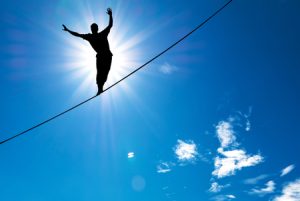I want to show you a really cool video of pedestrians in New York City which was taken in the early part of the last century.
Watch the first video below.
Look how well these people walk!
See how upright they are.
Notice how their heads relate to their spines.
Check out how easily they walk.
Can you see how well they move through space?
Now check out below a recent video shot in NYC!
What do you notice?
The differences between the 2 videos are quite astonishing.
I’m sure that someone could write a thesis about the two.
The people in the first video just look calmer to me.
They look more self-contained and better organized.
Of course, this was taken before the 2 world wars, the flu epidemic of 1918, the phenomenal mechanization of the world with cars and TVs and telephones. Obviously, they had other monumental problems. For instance, Penicillin hadn’t been invented yet.
Can we see the influence of modernization in our posture and the way that we move?
I’d love to hear your thoughts about this!
How You Move Matters! You can learn how to move better with my Amazon bestselling book Agility at Any Age: Discover the Secret to Balance, Mobility, and Confidence. My book is illustrated with 40 videos that you access with your iPad or smartphone!
You can purchase it here.
My name is Mary Derbyshire. I am a fitness and movement coach. My methodology is the Alexander Technique,  a mindfulness practice that teaches you how to move better. When you move better you feel better and when you feel better your whole life improves! Let me know what you think or ask a question! I love to hear from my readers! Feel free to post in the comments section below and feel free to share this with your friends!
a mindfulness practice that teaches you how to move better. When you move better you feel better and when you feel better your whole life improves! Let me know what you think or ask a question! I love to hear from my readers! Feel free to post in the comments section below and feel free to share this with your friends!
You can learn more about the Alexander Technique here.


